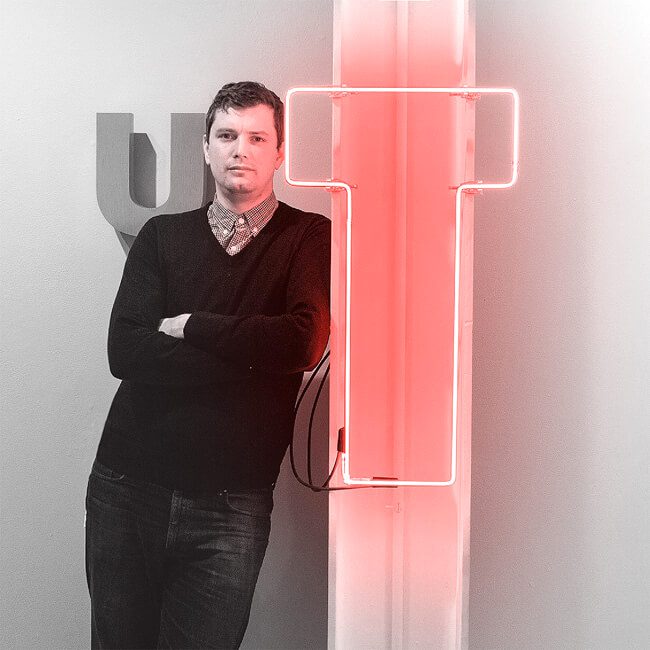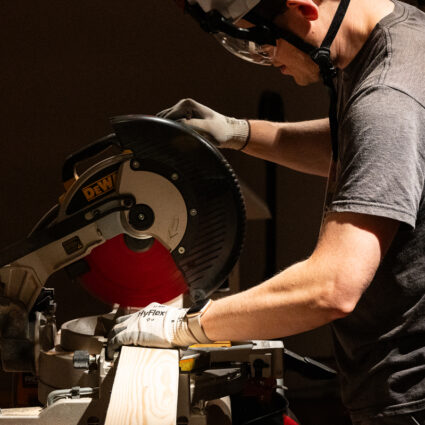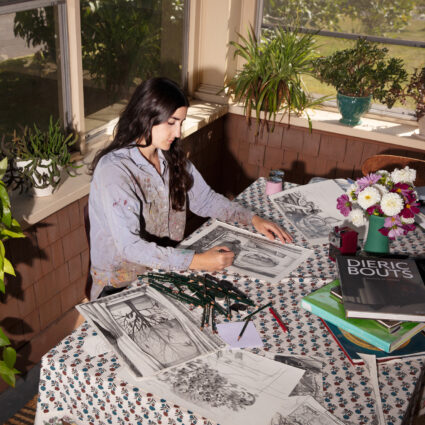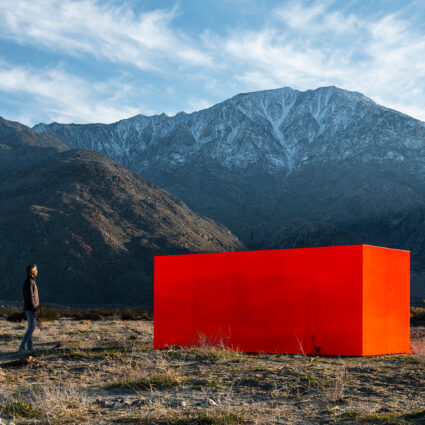Douglas Thomas, a Utah-based graphic designer, professor, and author of Never Use Futura, takes an entertaining deep dive into the typeface of modern design.
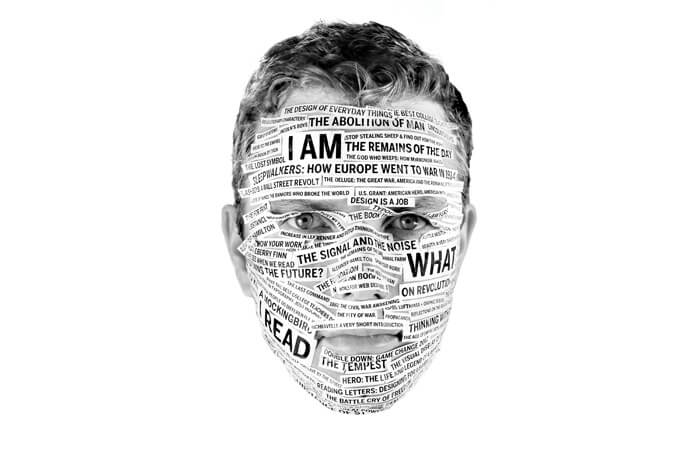
Douglas Thomas is a graphic designer, faculty member at Brigham Young University in Provo, Utah, and author of the influential book Never Use Futura (Princeton Architectural Press, 2017). His current research interrogates what we might mistakenly accept as default settings in design and culture. This lightning round-style interview was conducted by video call on August 12, 2021 and edited for clarity.
Futura will be ninety-five years old in 2022, and it’s everywhere. It’s the brand font for this publication. What are the best places you’ve found it?
It’s on the plaque astronauts left on the moon. Nike uses it exclusively. Everyone from Ed Ruscha to Costco uses it. In Wes Anderson’s The Royal Tenenbaums (2001), Futura is on every bus, boat, and sign. It’s classic, not dated.
What do you wish people knew about typography?
Everyone pays a premium for typefaces. When you pay for a computer or phone, you’re paying license fees for the typefaces. It’s one of the expenses of any new system.
Yes! Can you tell us: what are you working on now?
I’ve been delving into the history of online and print news and asking: how can design and typography help with the problem of fake news? People have gotten used to every story having the same hierarchy and weight. Meshing every story together in a default typeface leads us to give them similar authority.
Where do you get your news?
I’ve subscribed to the New York Times for twenty years, hard copy. There’s always a story I read in the physical paper that I would have never clicked on. And I make a point of consulting multiple sources: my local newspaper, numerous subject-specific journals, and a carefully curated Twitter feed.
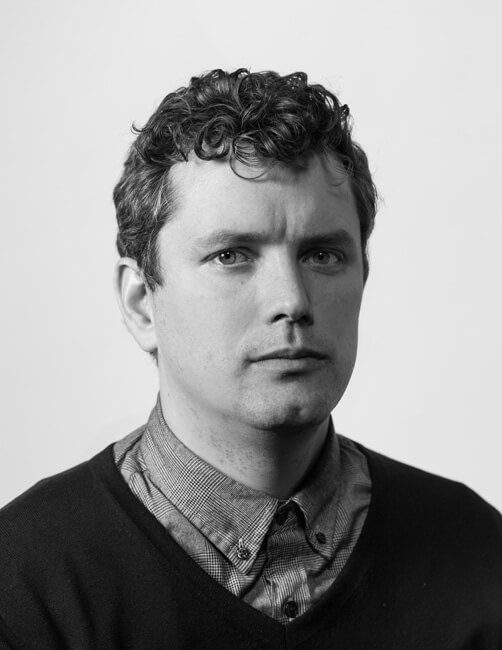
Online, hybrid, or in-person?
Hybrid for sure.
What does the Southwest feel like for you?
I love and fear the way we are tied to land and water. In the Southwest, the long history is inescapable.
Favorite place in Utah?
My local slot canyon, but don’t sleep on Great Basin National Park at the Utah-Nevada border. You’re at 9,000 feet in the parking lot.
What is true?
Human relationships, creativity, and that we can measure and know things. Truth is more ineffable than fact, but both are real.
